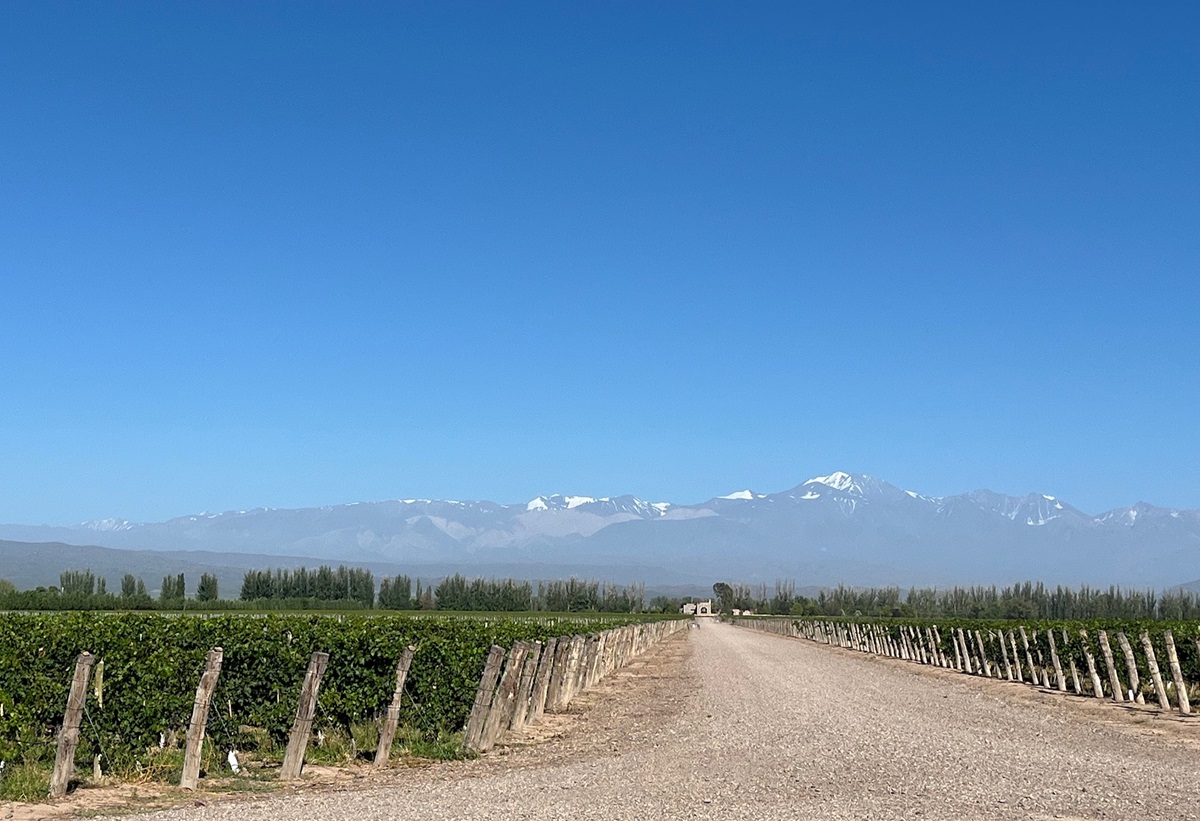THE KEKFRANKOS / BLAUFRANKISCH GRAPE
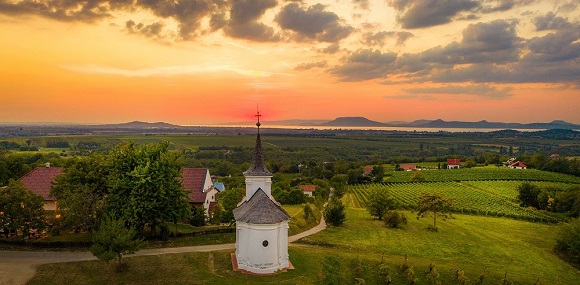
By Rose Murray Brown MW Published in The Scotsman 23 April 2022
The Kekfrankos grape, or Blaufrankisch as it is better known, makes an ideal summery red which would appeal to anyone who likes Syrah or Gamay – with its juicy tangy cherry fruits, velvety tannins, savoury freshness and tart mouthwatering acidity.
I recently attended two tastings which focused on the diversity of this popular grape in both Hungary and Austria – the two countries with the biggest plantings of the grape.
At the Hungarian Wine Summit, experts Andras Horkay and Laszlo Romsics highlighted the best of Kekfrankos (as it is called in Hungary) across five regions. It is the most revered and most planted red grape in Hungary grown in almost every region; with 7,543 hectares there are more plantings here than in any other country in the world (pictured above is Lake Balaton in Hungary).
“It is popular with growers for its adaptability and versatility making sparkling, rose, light reds to premium powerful structured styles – and is an important constituent in Bikaver (Bulls Blood) blends, in Eger and Szekszard, which should be built on the best Kekfrankos in the cellar”, explained Horkay.
“Kekfrankos is highly site specific and yields need restricting – and different terroirs can mould this variety”, said Romsics. They showed lighter styles in western Sopron to ripe styles in northeastern Eger and Matra and central Balaton and Kunsag, to the most intense examples in southern Szekszard and Villany.
This thick-skinned late ripening grape is clearly an ideal variety to express the Pannonian terroir, but it prefers a warm climate – often at its best in the warmer southern regions. Growers to look for in historic hilly Szekszard include Heimann & Fiai, Takler, Vida and Sebestyen – and in Villany look for Etchart Heumann’s superb Kekfrankos.
It originated within the Austro-Hungarian empire 150 years ago – most probably from the Lower Styria area now part of Slovenia, previously part of Hungary. It is believed to be a natural cross between Blauer Zimmettraube and Weisser Heunisch, first documented in 1862 at a grape variety exhibition in Vienna. By 1877 it had spread to Germany, called Lemberger (now mainly planted in Wurttemberg), and by 1890 was becoming popular in Hungary.
At the second tasting, held in Austria hosted by Markus Kirnbauer, he showed a different side of the grape. Here known as Blaufrankisch (direct translation of Kekfrankos), it is growing in popularity with 2,800 hectares; now the second most planted red after Zweigelt, covering 6.5% of Austria’s vineyards. In recent years, styles have become more refined and elegant with floral aromas and more discreet oak, often at their best in high-limestone soils as in Carnuntum with ripe fruits and zesty acidity.
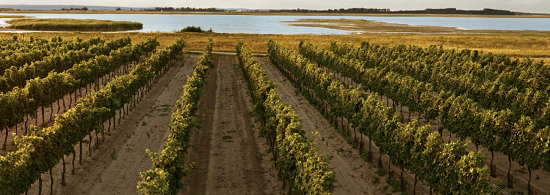
As in Hungary, the grape is at its best in Austria’s warmer southern regions. With rich full examples with silky tannins in Burgenland near Lake Neusiedl (pictured above), nervy styles grown on Leithaberg DAC’s slate soils to beautifully elegant wines on Carnuntum’s limestone soils. Heading further south Blaufrankisch is denser, more, structured spicy and minerally in Mittelburgenland and Sudburgenland (growers to watch include Juliana Wieder, IBY, K&K Kirnbauer, Prickler and Moric). Some, like Austrian Franz Weninger, make interesting examples on both sides of the border in Austria and Hungary.
Slovakia and Czech Republic also have sizeable plantings which they call Modra Frankinja. The grape is also grown in Romania, Croatia (known as Borgonja), Serbia, Slovenia and north east Italy. We may see more of it in the New World as it has good resistance to frost and drought; grown in Washington State’s Yakima valley, Canada’s British Columbia and New York’s Finger Lakes – with tiny amounts in Chile, Peru, Canada and in Australia’s Adelaide Hills.
KEKFRANKOS IN HUNGARY
Sopron: KEKFRANKOS 2019 Steigler
£20 Amazon (for Premium 2020); £15 Best of Hungary (for standard 2019)
Winemaker Varga Tamas makes a soft light style with zesty acidity and smooth tannins, lightly oaked with Hungarian Zemplen oak.
Balaton: MAGMA KEKRANKOS 2019 St Donat
£18.99 Novel Wines
Fruit forward and soft tannins from a mix of limestone, clay, basalt and marl soils matured 10 months in concrete eggs; winemaker Kovacs Tamas rarely uses oak.
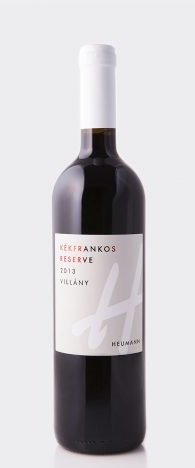 Villany: KEKFRANKOS RESERVE 2018 Heumann ***STAR BUY***
Villany: KEKFRANKOS RESERVE 2018 Heumann ***STAR BUY***
£15.50 The Wine Society (for 2016 vintage); Wanderlust Wines
Swiss-born Erhard Heumann is a big fan of Kekfrankos which always gives good acidity on Villany’s high limestone-based soils. Beautifully soft smooth textured, rich cherried flavours and great depth.
Szekszard: KEKRANKOS SZIVEM BARANYA-VOLGYI 2018 Heimann & Fiai
£30 Howard Ripley Wines; Vida Wines
Zoltan Heimann produces vibrant fruit-forward elegant spicy Kekfrankos from loess soils, using wild ferment, whole bunches, maturing in 1000 litre neutral oak.
BLAUFRANKISCH IN AUSTRIA
Burgenland DAC: BLAUFRANKISCH 2017 Feiler-Artinger
£9.99 reduced from £11.99 Waitrose
Good introduction to the grape with rich cherried fruits, slight pepperiness and earthiness with gentle oaking made by talented winemaker Kurt Feiler-Artinger. Similar to Italian Barbera with tangy spicy fruits, crunchy tannins and dense finish.
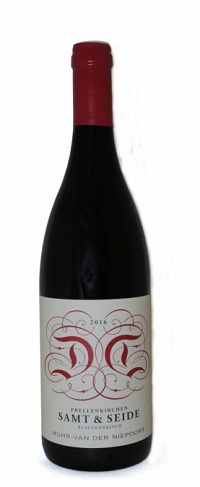 Mittelburgenland DAC: BLAUFRANKISCH RESERVE CHEVALIER 2019 IBY
Mittelburgenland DAC: BLAUFRANKISCH RESERVE CHEVALIER 2019 IBY
N/A in UK
Ripe blackcurranty nose, rich dense palate, soft texture, long finish; good example of lush spicy Austrian Blaufrankisch.
Carnuntum DAC: BLAUFRANKISCH PRELLENKIRCHEN SAMT & SEIDE 2019 Dorli Muhr ***STAR BUY***
£20 Justerini & Brooks
Dorli Muhr buys up and tends old vine parcels across Spitzerberg hill and is one of Austria’s best Blaufrankisch producers; beautifully elegant, juicy ripeness and spicy length.
Join Rose’s French Classics Dinner in Prestonfield House Hotel in Edinburgh on 1 December www.rosemurraybrown.com
wine tastings
The perfect gift for the wine enthusiast in the family. Rose does In-person tastings too.
cellar advice
Rose does cellar valuations for private clients, valuations for insurers & bespoke portfolio management.
Related stories
March 31, 2024
By Rose Murray Brown MW Published in The Scotsman 30 March 2024 On 2 February 1659, the first wine made from grapes grown in South Africa was crafted by the Governor of the Cape, Jan van Riebeeck. He had planted vines four years earlier in the Company’s Garden near Cape Town from cuttings imported from France. Van Riebeeck’s first
March 24, 2024
By Rose Murray Brown MW Published in The Scotsman 16 March 2024 Heatwaves and bushfires were very much on the agenda when I visited Chile last month as winemakers prepared for their 2024 harvest in blistering heat and drought, with a plume of smoke from the devastating fires lingering over coastal hills. Heat and drought are the greatest challenges
March 23, 2024
By Rose Murray Brown MW Published in The Scotsman 9 March 2024 I have two glasses of Malbec in my hands from the same high-altitude vineyard in Uco valley in Argentina. I am in the Catena Institute of Wine in Mendoza with winemaker Agustin Silva. He has asked me to taste the two wines, both from the 1500m high



